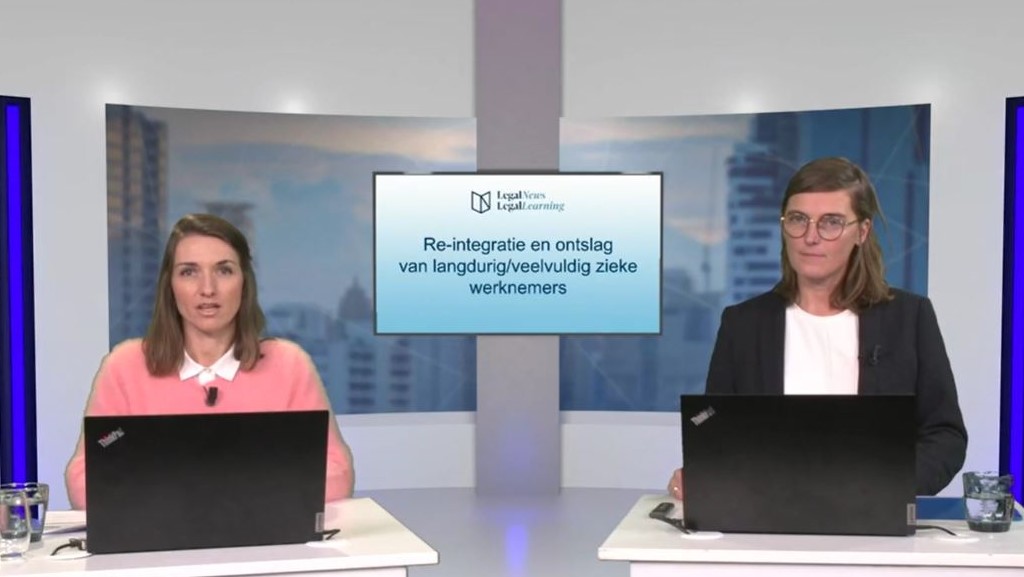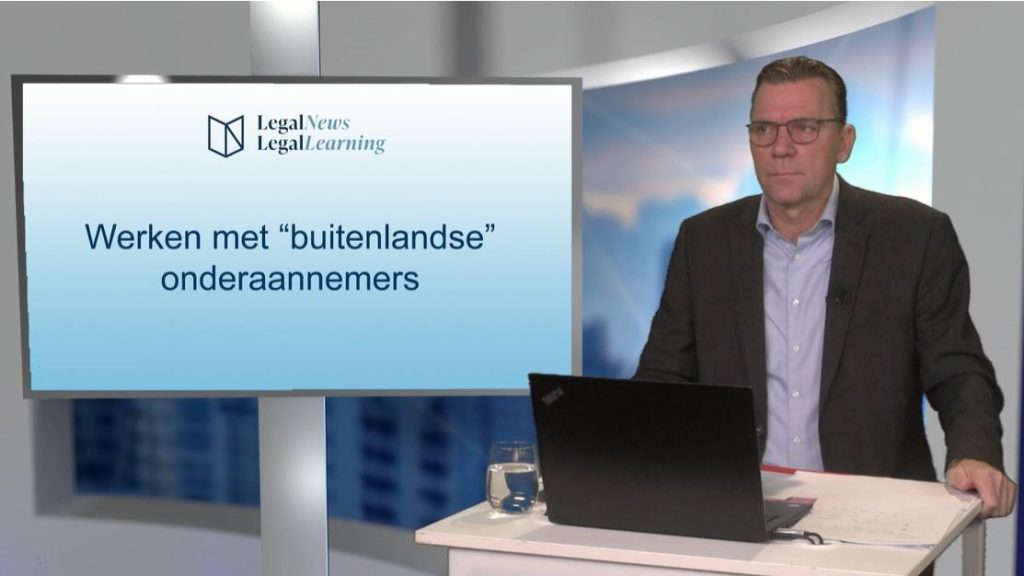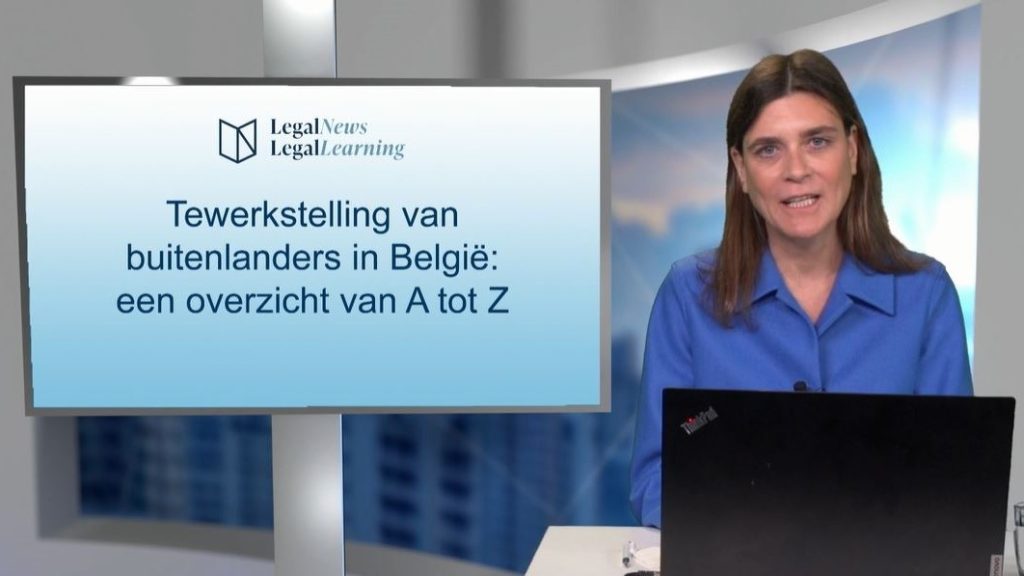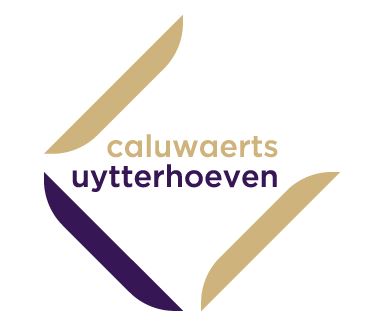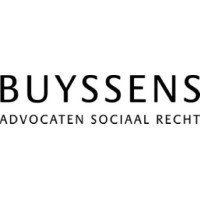Tewerkstelling van buitenlandse werknemers:
nakende ingrijpende wijzigingen
Mr. Sophie Maes en mr. Simon Albers (Claeys & Engels)
Webinar op donderdag 25 april 2024
Het nieuwe Boek 6:
de impact op de werkvloer
Mr. Chris Persyn (Cautius)
Webinar op donderdag 4 juli 2024
HR-aspecten bij M&A transacties
Mr. Nele Van Kerrebroeck (Linklaters)
Webinar op donderdag 16 mei 2024
Vakantiedagen en het arbeidsrecht
Mr. Kato Aerts en mr. Sarah Witvrouw (Lydian)
Webinar op dinsdag 11 juni 2024
Registered email can now be used in employer-employee context : what’s new? (Linklaters)
Author: Nele Van Kerrebroeck (Linklaters)
Date of publication: 22/03/2018
Since 2016, the same legal value has been recognised for the sending of electronic registered letters (“aangetekende e-mail/e-mail recommandé“) as for paper registered letters (“aangetekende brief/lettre recommandé“), provided that these are sent through a “qualified trust service provider”. The government granted this first qualification to a service provider very recently, i.e. to IT Connect Solutions.
This recognition implies that it is nowadays practically possible to send a registered email via www.aangetekende.email with the same legal value as the traditional registered letter. These qualified communications are irrefutably presumed to ensure (i) the integrity of the data, (ii) the sending of those data by the identified sender, (iii) receipt by the identified recipient, and (iv) the authenticity of the message (including the date and time of sending and receipt).
What does this mean for employee communication?
This new initiative may have an impact on your day-to-day HR-related matters. More concretely, for employee communications that by law must be sent by registered post, registered email can now be used. Examples could be:
- termination of the employment contract by giving notice (by the employer);
- dismissal for serious cause;
- outplacement offer;
- formal answer to a request for motivation of dismissal according to CBA n° 109;
- warnings or notice of default (no legal obligation to send these by registered post, but may be recommended for evidentiary reasons); etc.
In order to exclude any discussion and the potential sanction of nullity in the case of giving notice, we recommend to always use a qualified trust service provider for your registered electronic communications (currently IT Connect Solutions – or other qualified providers in the future). Any discussions related to proof of sending and receipt of the communication are then excluded.
How does this work in practice?
To use the platform “www.aangetekende.email” – which is less expensive (€0.80 instead of €5.29) and more efficient – the employer (as sender) and the employee (as receiver) must register on the platform with their e-identity card. After registration, access is granted to an online address book where one can check whether the receiver is registered. If this is not the case yet, the person can be invited to do so. For private individuals, registration is free if they only want to receive mail.
In order to be able to use the platform for your formal personnel communications, it is crucial that the employee has been registered. If you would like to introduce this new and more efficient way of communication, we therefore recommend implementing the following steps:
- ask for the private email address of the employee;
- introduce a clause in the employment contract (through an addendum for current employees or an additional clause in the contract for new employees) specifying that the employee must register on the platform that will be used for formal communications by registered mail related to the employment relationship; proof of registration should then be returned to the HR department;
- for information purposes, a clause may also be introduced in the work regulations that specifies the registration requirements; although this is not a legal obligation.
» Bekijk alle artikels: Arbeid & Sociale zekerheid







